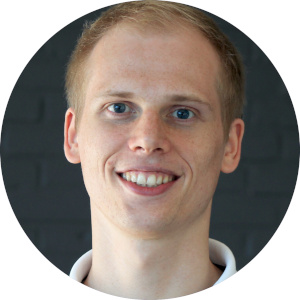Leadership doesn’t simply happen in org charts – it arises in the invisible spaces between people.
The theory of Source (according to Peter König) shows how social fields emerge and work around projects.
It makes informal hierarchies tangible and explains how they can differ based on context. This makes it easier to resolve leadership challenges and interpersonal tensions.
In this experiential workshop, we explore together what it means to be a source for an initiative or a field.
Through small group reflection and interactive dialogue, we will experience how social-organisational leadership dynamics (lower left quadrant) unfold holarchically beyond formal structures (lower right quadrant).
The focus of this session is on exploring your own role as source: Where are you a source person in your life? In which source fields do you work? How is your role as a source person related to your personal purpose?
This will enable you to recognise your natural place in organisations (and even the world) more clearly, make wiser choices and shape initiatives more effectively.


